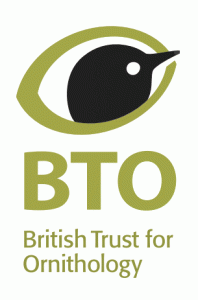Have you recently spotted a zesty-toned visitor in your garden? This Siskin bird guide will fill you in on everything you need to know.
Male Siskins have black heads and bright yellow and black feathers. If you spot a female, they’ll be duller in colouration but a similar size and shape. You’ll find some of these colourful birds migrate south in the winter away from the coldest weather, but they’ll be back in plenty of time to start their breeding season which runs between April and August. You should consider a great seed mix to keep them energized throughout the year. They typically lay two broods of 4 or 5 eggs which are either blue or white with brown spots. Their nests are made high up in conifer trees, crafted from twigs and grass.

To find out more about other birds, take a look at our interactive bird guide.

About
Siskins are much smaller than Greenfinches. Adult males have black crowns and bright yellow and black plumage. Females don't have the black crowns and have duller colourings.
Locations
Siskins can be spotted in most areas across the UK, some migrate to the south in winter.
Breeding
Siskins breeding season is between April and August. They typically lay two broods of 4-5 white/blue eggs with brown spots. Their nests are made of twigs, rootlets and grass and are usually located high in the branches of Conifers.
Habitat
Woodlands and gardens
Diet
Seeds
BTO Facts
According to Garden BirdWatch data, which has been collected since 1995, Siskins are most frequently seen in gardens during March, when they are seen in around 18% of gardens. Siskin numbers in gardens fluctuate from year to year. This depends upon a variety of factors. In years when the Sitka Spruce crop is poor, more Siskins tend to visit gardens. They are also more likely to visit gardens in wet weather, as the cones that they feed on are closed in these conditions.




